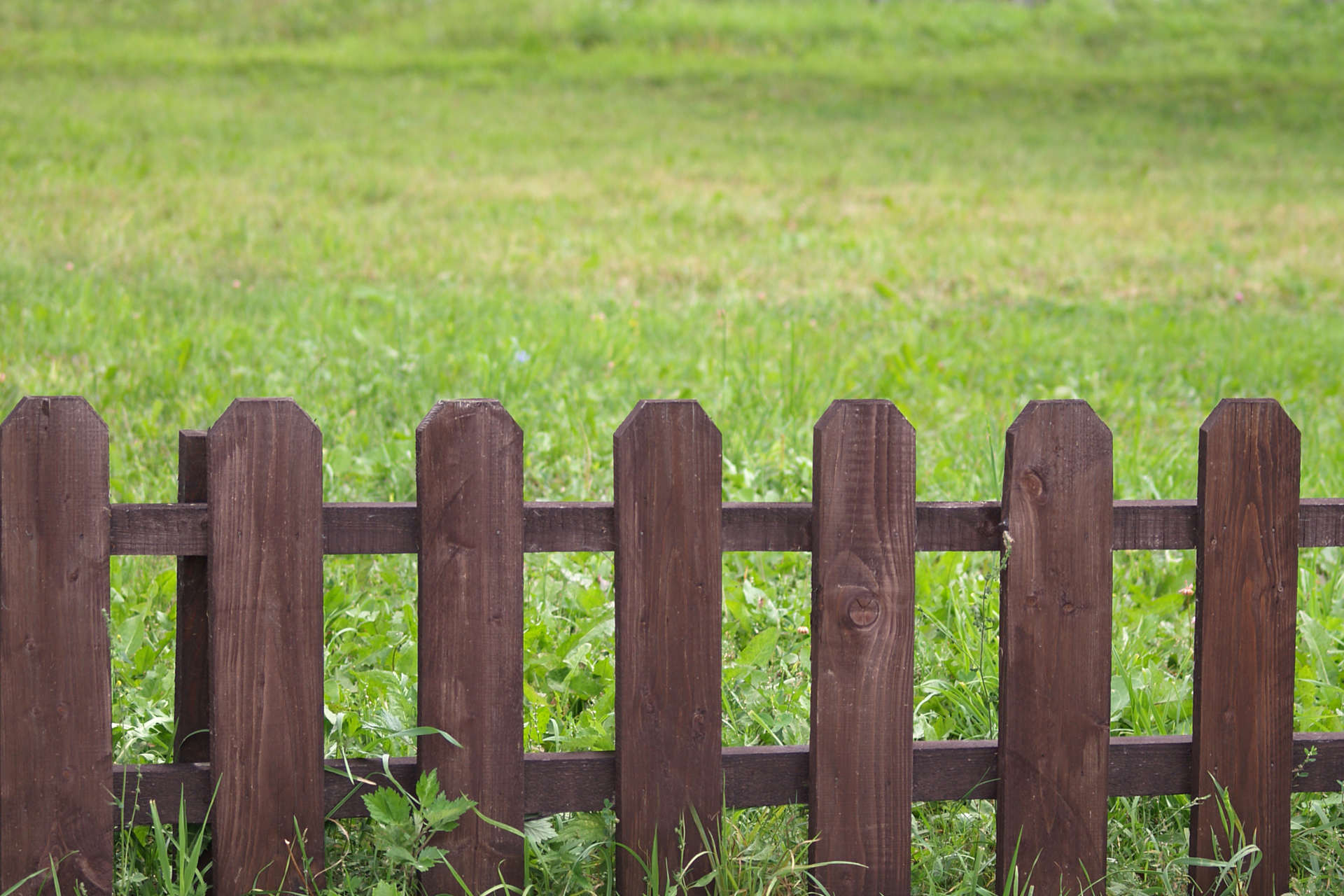Chinch Bugs Lawn | What is It?
Suppose your beautiful lawn suddenly appears discolored and dry or even drought-stricken in places despite regular watering. In that case, the chances are that you might have a chinch bug infestation, more commonly called “chinch bugs lawn.”
Damage to lawns caused by chinch bugs can become extensive if not dealt with quickly. If you take the proper measures, you can get rid of chinch bugs without using expensive pest control services, and an effective maintenance regime can prevent the bugs from reappearing.
What Chinch Bugs Are
Chinch bugs are tiny insects that can cause significant damage to lawns and gardens. They are about 1/8 inch long, with black bodies and white wings. Chinch bugs feed on the sap of grasses, causing yellow or brown patches to appear on the lawn. They are particularly active during hot, dry weather and can quickly infest a lawn if left untreated. To control chinch bugs, it is important to identify and treat infested areas as soon as possible. This can include using insecticides specifically formulated for chinch bugs, as well as maintaining a healthy lawn through proper watering and fertilization.
We have written an in-depth guide to what chinch bugs are, what they look like, and the habitats and conditions they enjoy which should help you understand the possible problems they present.
What Damage Can They Cause

Chinch bugs can cause significant damage to lawns and gardens. These tiny pests suck the sap from the roots and stems of grass and plants, causing wilting, yellowing, and eventual death. They can quickly spread through a lawn, leaving brown patches and bare areas in their wake. Additionally, their feeding can weaken the grass, making it more susceptible to disease and drought.
Identifying an Infestation
An infestation of chinch bugs can be identified by several key signs. Brown or yellow patches in the lawn, wilting or thinning grass, and the presence of small, black bugs with white wings are all indications of a chinch bug infestation. Additionally, gently squeezing the stems of affected plants or grass may release the bugs. To confirm the presence of chinch bugs, place a sheet of white paper or a tray filled with soapy water on the affected area. The bugs will be attracted to the light and will be visible on the paper or floating in the water. Regular monitoring for these signs can help catch an infestation early, allowing for prompt treatment.
Dealing with a Chinch Bug Infestation
Dealing with a chinch bug infestation requires a multifaceted approach. The first step is to reduce the population by applying insecticides specifically formulated for chinch bugs. These can be in the form of granules, sprays, or liquid. Using neem oil or insecticidal soap can also be effective for a more natural approach.
Additionally, maintaining a healthy lawn through proper fertilization, irrigation, and mowing practices can help prevent future infestations. It’s important to note that regular monitoring and early detection is key to effectively controlling chinch bugs before they cause significant damage.
Prevention of Infestations
To prevent and control chinch bug damage, it is important to regularly monitor for their presence and take action quickly with insecticides or natural methods.
We have produced a detailed article on how to prevent chinch bug infestations or it reoccurring if you have already suffered. The article includes details on grass types and lawn maintenance practices that reduce the chances of them appearing.
Our Advice on Preventing Chinch Bug Lawn
Chinch bugs are lawn-destroying pests that no homeowner wants to deal with. The best defense against infestations is prevention. Choosing a resilient grass variety, such as Tall fescue, can provide some natural protection, but it is not a foolproof solution. The use of preventative pesticides in the spring, as well as the introduction of beneficial insects that prey on chinch bugs, can provide added protection.
In addition, proper lawn care practices such as regular mowing, appropriate watering, and fertilization can create an environment less conducive to chinch bug infestations. By implementing a combination of preventative measures and good lawn care habits, you can effectively protect your lawn from chinch bug damage and maintain a healthy, lush green lawn/grass area.
For a more detailed look at what chich bugs are, how to identify them, eradicate them, and then prevent them from coming back read our series of articles on the topic.
Further Reading on Dealing with Chinch Bugs
-


Chich Bugs: What Are They and Why Are They Dangerous for Your Lawn
-


Don’t Overlook Chinch Bug Damage: How Do I Know if My Lawn Has Chinch Bugs
-


Eliminate Chinch Bugs in Your Lawn: The Ultimate Guide to How to Get Rid of Chinch Bugs
-


Prevent Chinch Bugs Before They Strike: How to Prevent Chinch Bugs from Attacking Your Lawn

